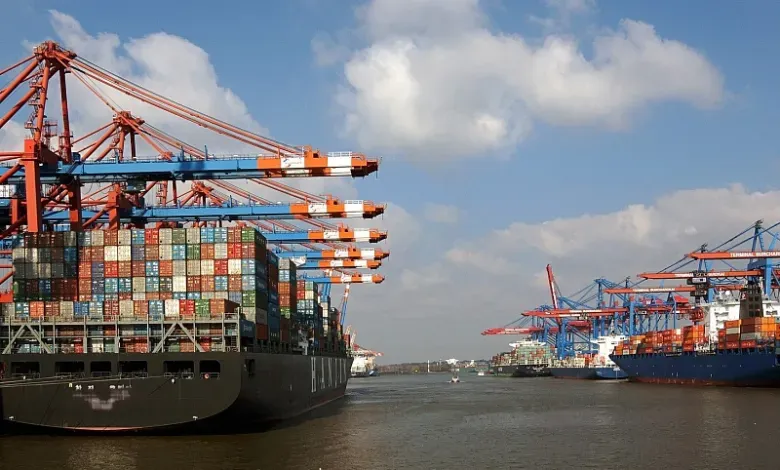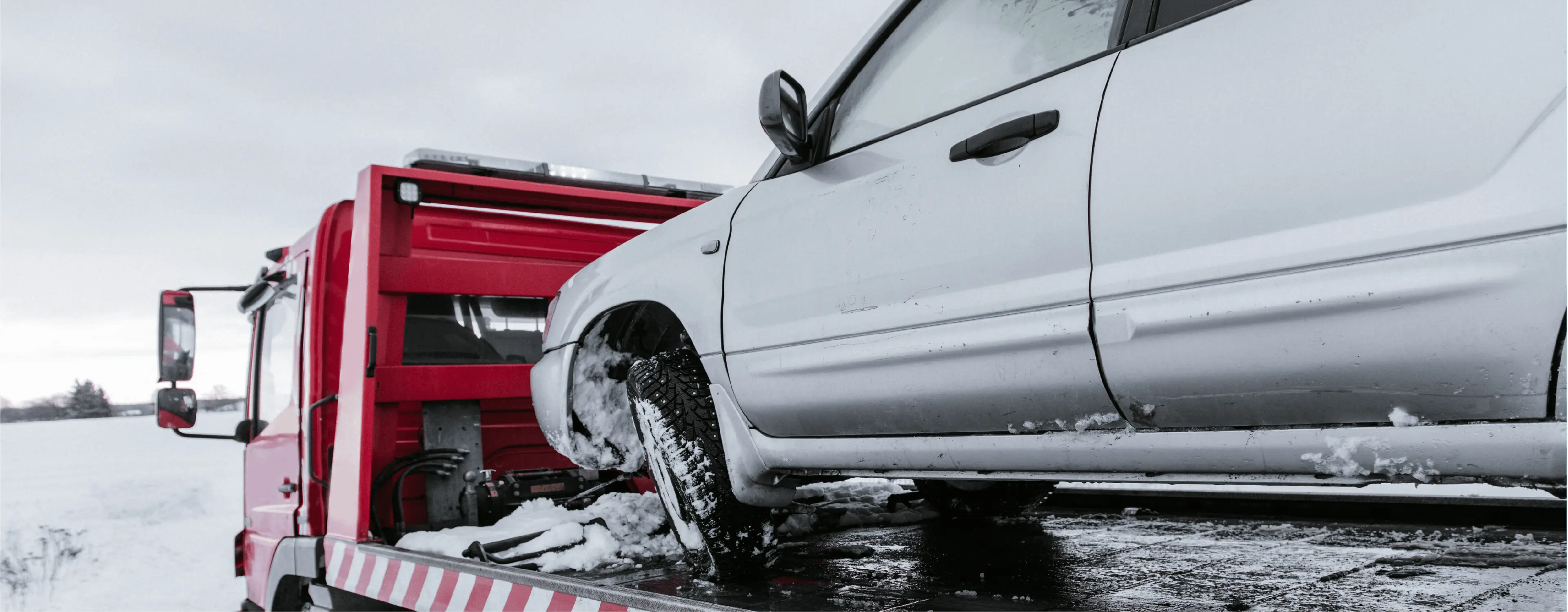
Car Shipping to Hawaii Made Simple: A Step-by-Step Guide
Shipping a car to Hawaii can be quite daunting, but with proper planning and the right shipping company, shipping your automobile can go more easily and with less stress. Quickship is really reliable as well as efficient for transporting your vehicle from the mainland to the beautiful islands of Hawaii. This article will guide you through the essential step-by-step process necessary to get your car delivered to its destination safely and hassle-free.
Step 1: Choose a Shipping Method
Selecting the right car shipping method is essential for guaranteeing a smooth transport experience. Quickship offers three primary options: Port-to-Port, Port-to-Door, and Door-to-Port shipping. Each method has its own advantages, so choosing the one that best fits your needs is essential.
Port-to-Port Car Shipping
This is the most affordable and efficient shipping method for those who can drop off and pick up their vehicle at designated ports. Your vehicle is transported from a mainland port for pick-up at a Hawaiian port. In this case, you are responsible for transportation to and from the ports, which is ideal for budget-sensitive customers. The low cost of the service, little handling, and efficiency make it popular, but you'll have to arrange transportation to and from the ports yourself.
Port-to-Door Car Shipping
For added convenience, this option transports your car from a mainland port to your home or specific location in Hawaii. It eliminates the need for you to pick up the vehicle at the port, allowing you to start using your car immediately upon arrival. While this method saves time and effort, it does come at a higher cost due to the additional logistics required for last-mile delivery.
Door-to-Port Car Shipping
This service is perfect for those who want the car to be picked up directly from their residence or business in the mainland. Quickship does all the legwork to get the car collected and shipped to a Hawaiian port. The entire shipping process is thus very hassle-free. It is more expensive than port-to-port shipping but convenient.
Choosing between RoRo and Container Shipping
Another aspect will be selecting from a Roll-on/Roll-off (RoRo) service versus Container Shipping, the RoRo service is often the cheaper mode, with cars being rolled or driven into ship holds for locking in. With Container Shipping being the alternative means, more protecting your vehicle against the harsh, unforgiving environment around but more costly because it usually contains luxury, rare, and priceless classic models. If your vehicle is high-value, container shipping ensures added security and protection from weather and potential damage.
Step 2: Compare Car Shipping Companies
Before selecting a shipping company, it is important to conduct thorough research to ensure reliability. A trusted and experienced provider will ensure your vehicle reaches its destination safely and on time. When researching car shipping companies, check if they are licensed and insured. Verify that the company is registered with the Federal Maritime Commission (FMC) and provides comprehensive insurance coverage for your vehicle during transit. Transparent pricing is another essential factor; avoid companies with vague pricing structures and hidden fees. It is also advisable to read customer reviews on platforms such as Google, Yelp, and BBB to assess the company’s service quality and reliability.
A good company should also offer tracking options that let customers track the journey of their vehicle in real time. It is vital to have experience shipping cars to Hawaii since companies dealing with this route are conversant with the challenges of logistics. Quickship offers competitive pricing and has no hidden fees, so it is really a seamless Hawaii car shipping.
Step 3: Understanding the Costs Involved
The shipping costs to Hawaii depend on numerous factors such as the shipping method applied, size of vehicle, departure location, and season. The price depends on what shipping you choose - whether it's RoRo or container shipping, and if you prefer service through Port-to-Port, Port-to-Door, or Door-to-Port. In general, RoRo is more cost-effective, and Port-to-Port is considered the cheapest.
Another thing that is also included in the estimation of shipping is the size and weight of a vehicle, mainly because larger or heavier vehicles cost more to carry because they also take up a lot of room and consume high amounts of fuel. The exit point has a rate also, with rates being higher when exiting off East Coast ports than, say in Los Angeles or Seattle in the West. Some seasonality impacts this too. Generally speaking, peak moving time is in summer and holidays which creates more desirable rates because people want to make their moves and have their desired moving times with higher demand that comes with high prices. Additional fees, such as port handling fees, fuel surcharges, and Hawaii state taxes, can also add to the total cost. To get the best rates, it is recommended to book early, as last-minute price hikes can be avoided with advance reservations. Comparing quotes from multiple providers can also help you secure a cost-effective deal.
Step 4: Gather the Required Documents
To avoid delays in the shipping process, customers must ensure they have all the necessary documents ready. Each port and shipping provider may have specific documentation requirements, so it is essential to check with the company in advance. The primary documents required for car shipping to Hawaii include a valid driver's license, vehicle registration, and title as proof of ownership. A shipping order confirmation and a Bill of Lading (BOL) are also necessary, with the latter being provided by the shipping company. If the vehicle has an active loan, a lienholder authorization may be required to confirm approval for shipping. Having all these documents organized in advance will help ensure a smooth and efficient shipping process.
Step 5: Prepare Your Car for Shipping
Before handing over your car for shipping, it is important to take the necessary steps to ensure it is ready for transport. A clean vehicle, both inside and out, is essential for conducting a thorough inspection and documenting any pre-existing damage. Customers should take high-resolution photos of the vehicle from multiple angles to serve as a reference in case of any claims.
All personal belongings need to be removed from the car because shipping companies do not allow items to be left in the car for safety measures. Fluid levels and tire pressure must be checked not to leak during transit or become flat on arrival. Other things to consider are disabling the alarm and disengaging toll tags so it does not interfere in the voyage. Some shipping lines require the fuel tank to be no more than a quarter full to reduce weight and minimize any safety risks.
Step 6: Schedule the Shipment & Make Payment
Once the car is prepared for shipping, customers must complete the final steps to book their shipment. This includes scheduling a shipment date with the chosen provider and confirming pick-up and drop-off details. Most shipping companies require a deposit upfront to secure a spot on the vessel, with the remaining balance due before or upon delivery.
After payment is made, customers should receive tracking details that allow them to monitor their vehicle’s progress throughout the journey. Before finalizing the shipment, it is important to verify insurance coverage to ensure the car is protected against potential damage during transit.
Step 7: Track & Receive Your Car in Hawaii
Most of the trustworthy shipping companies offer live tracking that allows customers to trace the movement of their car and the approximate time of its arrival. Upon arrival in Hawaii, the car should be very carefully inspected for any damage sustained during transport. The Bill of Lading must be checked and signed because the document is one that proves the condition of the vehicle at delivery. It was required that she should get enrolled with the respective local Department of Motor Vehicles; if it even requires further more registration to abide by the particular state laws that have been introduced in Hawaii. In case he or she ever finds damage of any kind that reaches the final destination, one has to register such damage cases and file their respective insurance claim with the same shipping company through which the consignment was performed.
Conclusion
Shipping a car to Hawaii does not have to be complicated or stressful. By choosing a reputable shipping company, understanding the cost, and making sure the vehicle is ready, customers can expect a smooth hassle-free experience. Quickship has competitive rates, transparent pricing, and excellent customer service, so it is definitely the best Hawaii car shipping for those planning a move. This will ensure that the transition process is smooth, and the car arrives in Hawaii without much fuss.
Frequently Asked Questions
Have questions about our auto shipping company? Drive through our Frequently Asked Questions (FAQ) section for quick answers and insights.
Have Any Questions?
We provide dependable, nationwide auto shipping with a focus on safety, efficiency, and customer service,
Continue Reading...
Stay updated with our latest blogs, news, and articles

